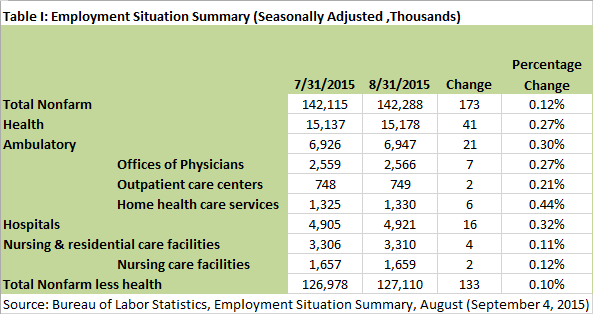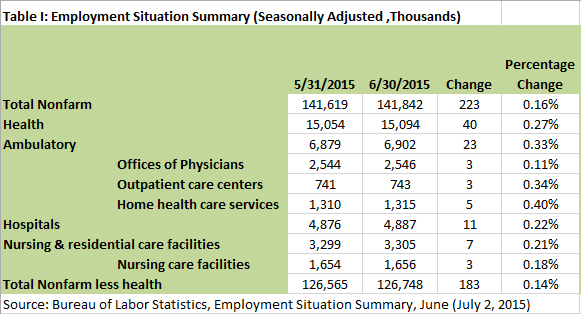Occupational licensing occurs when the state government legislates that a person cannot practice a trade, for example law, medicine, or hair-braiding, without a license. For years, free-market researchers have recognized that this increases costs and reduces choices for consumers, and prevents entrepreneurs from entering markets.
Now look who’s joined the ranks of critics of occupational licensing: President Obama! In a welcome report bearing the imprimatur of the White House, the Department of the Treasury, the Council of Economic Advisers, and the Department of Labor conclude that:
Over the past several decades, the share of U.S. workers holding an occupational license has grown sharply. When designed and implemented carefully, licensing can offer important health and safety protections to consumers, as well as benefits to workers. However, the current licensing regime in the United States also creates substantial costs, and often the requirements for obtaining a license are not in sync with the skills needed for the job. There is evidence that licensing requirements raise the price of goods and services, restrict employment opportunities, and make it more difficult for workers to take their skills across State lines. Too often, policymakers do not carefully weigh these costs and benefits when making decisions about whether or how to regulate a profession through licensing. In some cases, alternative forms of occupational regulation, such as State certification, may offer a better balance between consumer protections and flexibility for workers.
Read More » »
 The November Employment Situation Summary came in as expected, with 211,000 nonfarm civilian jobs added. Last month’s report was dominated by health jobs, which was not the case today. The increase of 24,000 health jobs comprised only 11 percent of the payroll hike, and both health and non-health jobs rose by 15 percent on the month (Table I).
The November Employment Situation Summary came in as expected, with 211,000 nonfarm civilian jobs added. Last month’s report was dominated by health jobs, which was not the case today. The increase of 24,000 health jobs comprised only 11 percent of the payroll hike, and both health and non-health jobs rose by 15 percent on the month (Table I).








